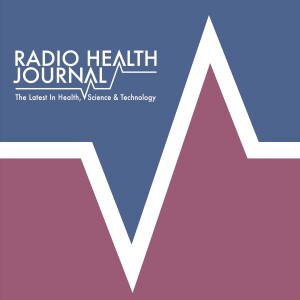
Each year, the humanitarian organization Save the Children develops a nation-by-nation scorecard on how likely children are to grow up healthy, educated, and safe. The organization’s CEO, Carolyn Miles, discusses how most nations have improved the ways children are treated over the past generation, and why the U.S. ranks 36th.
Some of the major indicators the Global Childhood Report uses are malnutrition, schooling, childhood marriage, pregnancy, war, death, labor, homicide, and commitment from government organizations to aiding children.
According to Miles, the scorecard showed excellent improvements, but there is still much work to be done to ensure the trend continues. Since 2001, there has been an overall 49 percent drop in childhood deaths, a 25 percent drop in child marriages, and a 33 percent decrease in chronic malnutrition, meaning the lives of nearly 280 million children in the world have changed for the better.
The country that ranks the highest in the report is Singapore, followed by Sweden, Finland, and then Norway. Somewhat surprisingly, the United States ranks 36th, tied with China and just above Russia. This is partially due to the large number of teen pregnancies and children dropping out of school, both of which the report shows have been slowly reducing. But it’s also because over half of children who are preschool age, are not enrolled in a preschool program––something Save the Children is working hard to change.
Although there has been significant change over the last 18 years, there’s still more that needs to be done. The Save the Children organization does all that they can to pinpoint these problems around the world, aiming to better the lives of more and more children each year. Learn more about the organization and its global childhood rankings using the links below.
Guest:
Carolyn Miles, CEO, Save the ChildrenLinks for more information:
Save the Children 2019 Global Childhood Report Save the Children’s charity awards and rankingsMore Episodes
 2023-04-30
2023-04-30
 2023-04-23
2023-04-23
 2023-04-16
2023-04-16
 2023-04-09
2023-04-09
 2023-04-02
2023-04-02
 2023-03-26
2023-03-26
 2023-03-26
2023-03-26
Create your
podcast in
minutes
- Full-featured podcast site
- Unlimited storage and bandwidth
- Comprehensive podcast stats
- Distribute to Apple Podcasts, Spotify, and more
- Make money with your podcast
It is Free
- Privacy Policy
- Cookie Policy
- Terms of Use
- Consent Preferences
- Copyright © 2015-2024 Podbean.com






